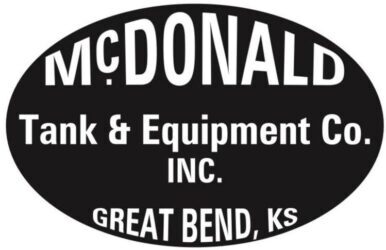Introduction:
In the realm of oil and gas exploration and production, the storage and management of crude oil and other liquids are critical components of the industry. Traditional storage methods often involve steel tanks, but in recent years, fiberglass storage tanks have gained prominence due to their numerous advantages. This essay explores the benefits of oilfield fiberglass storage tanks and their impact on the efficiency, durability, and environmental sustainability of oil and gas operations.
Body:
- Corrosion Resistance: One of the primary advantages of fiberglass storage tanks in the oilfield is their exceptional resistance to corrosion. Unlike steel tanks, which are susceptible to rust and corrosion over time, fiberglass tanks are non-corrosive. This characteristic is especially crucial in the harsh environments of oilfields, where exposure to corrosive substances can compromise the integrity of traditional steel tanks. Fiberglass tanks ensure the longevity of storage facilities, reducing maintenance costs and minimizing the risk of leaks or spills.
- Lightweight and Easy Installation: Fiberglass tanks are significantly lighter than their steel counterparts. This feature not only simplifies the installation process but also reduces the overall structural load on the oilfield site. The lightweight nature of fiberglass tanks facilitates faster and more cost-effective installation, making them a preferred choice for oil and gas companies aiming to streamline their operations and minimize downtime.
- Versatility and Customization: Fiberglass tanks offer a high degree of versatility in terms of design and customization. They can be manufactured in various shapes and sizes to accommodate specific site requirements. This adaptability allows oil and gas companies to optimize storage solutions based on their unique needs, whether it be for temporary storage during drilling operations or long-term storage of refined products. The flexibility of fiberglass tanks makes them a versatile choice for a wide range of applications within the oil and gas industry.
- Environmental Impact: In an era where environmental sustainability is a top priority, fiberglass storage tanks present a more eco-friendly alternative to traditional steel tanks. The manufacturing process of fiberglass involves fewer environmental pollutants compared to the production of steel, contributing to a lower carbon footprint. Additionally, the non-corrosive nature of fiberglass tanks reduces the risk of leaks and spills, minimizing the potential for environmental contamination and harm to ecosystems.
- Durability and Longevity: Fiberglass storage tanks exhibit remarkable durability, capable of withstanding extreme temperatures, pressure differentials, and harsh chemical environments. Their resilience contributes to an extended lifespan, providing oil and gas companies with a long-term storage solution that requires minimal maintenance. The durability of fiberglass tanks translates to increased operational reliability and cost savings over the lifespan of the storage facility.
Conclusion:
In conclusion, oilfield fiberglass storage tanks have emerged as a superior alternative to traditional steel tanks in the oil and gas industry. Their corrosion resistance, lightweight construction, versatility, environmental friendliness, and durability make them an attractive choice for storage solutions. As the industry continues to evolve, the adoption of fiberglass tanks is likely to increase, driven by the desire for more efficient, sustainable, and cost-effective storage options. By embracing the advantages of fiberglass technology, oil and gas companies can enhance their operational performance and contribute to a more environmentally conscious approach to resource management.
